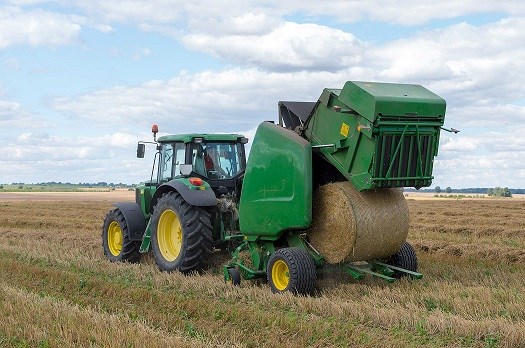Variability was the theme of Thursday's provincial crop report.
Growing conditions are different in around the province as some got rain which helped move crop development along nicely, while others had persistent hot and dry conditions that accelerated crop development.
The Hanley area recorded the most rain in the province last week at 44 millimetres (mm), followed by the Serath area with 33 mm, the Lampman area 32 mm, and the Semans area 28 mm.
Topsoil moisture for crop land, hay land, and pasture land was down as the crop report states, "provincial cropland topsoil moisture is 55 per cent adequate, 33 per cent short and 12 per cent very short. For hayland, topsoil moisture is 43 per cent adequate, 38 per cent short and 19 per cent very short. Finally, moisture levels in pasture topsoil is 33 per cent adequate, 40 per cent short and 27 per cent very short."
Crops are at different stages at this point because of on-again, off-again rainfall. While many fields are developing in a uniform manner, producers are saying some fields are inconsistent due to dry conditions early in the season, making spray timing challenging.
In addition to dry conditions and hot temperatures, which the report said caused the most widespread damage but minor in many cases, damage due to wind, insect, wildlife, gophers, grasshoppers, and cabbage seed pod weevil were also reported, causing producers to apply insecticides and fungicide in areas that received moderate to high rainfall over the last few weeks.
Regarding pasture conditions, it ranges from poor to good conditions as only one per cent of pastures are in excellent condition, while 24 per cent are good, 37 per cent are fair, 29 per cent are poor, and nine per cent are in very poor condition.
Livestock producers are making progress on the first cut of hay with 28 per cent of hay crops cut, 22 per cent baled or in silage, and 50 per cent still standing. Like crop conditions, the quality of hay varies as 11 per cent of first hay cuts are of excellent quality, 48 per cent good, 30 per cent fair and 11 per cent poor quality. No producers have started second cuts of hay yet.
Producers are hoping for timely rain to assist crop development and to accommodate the high crop water usage during this time.




